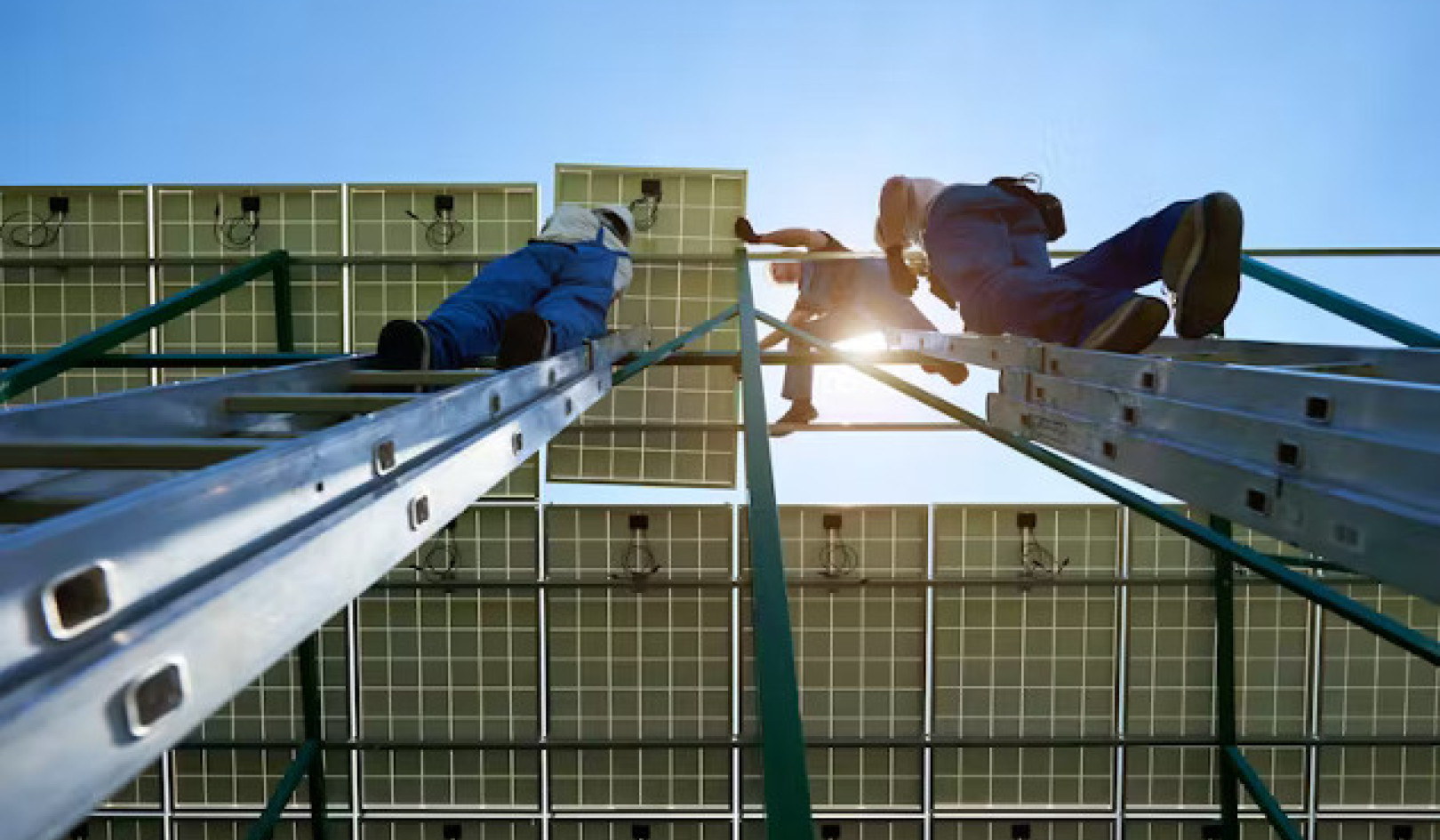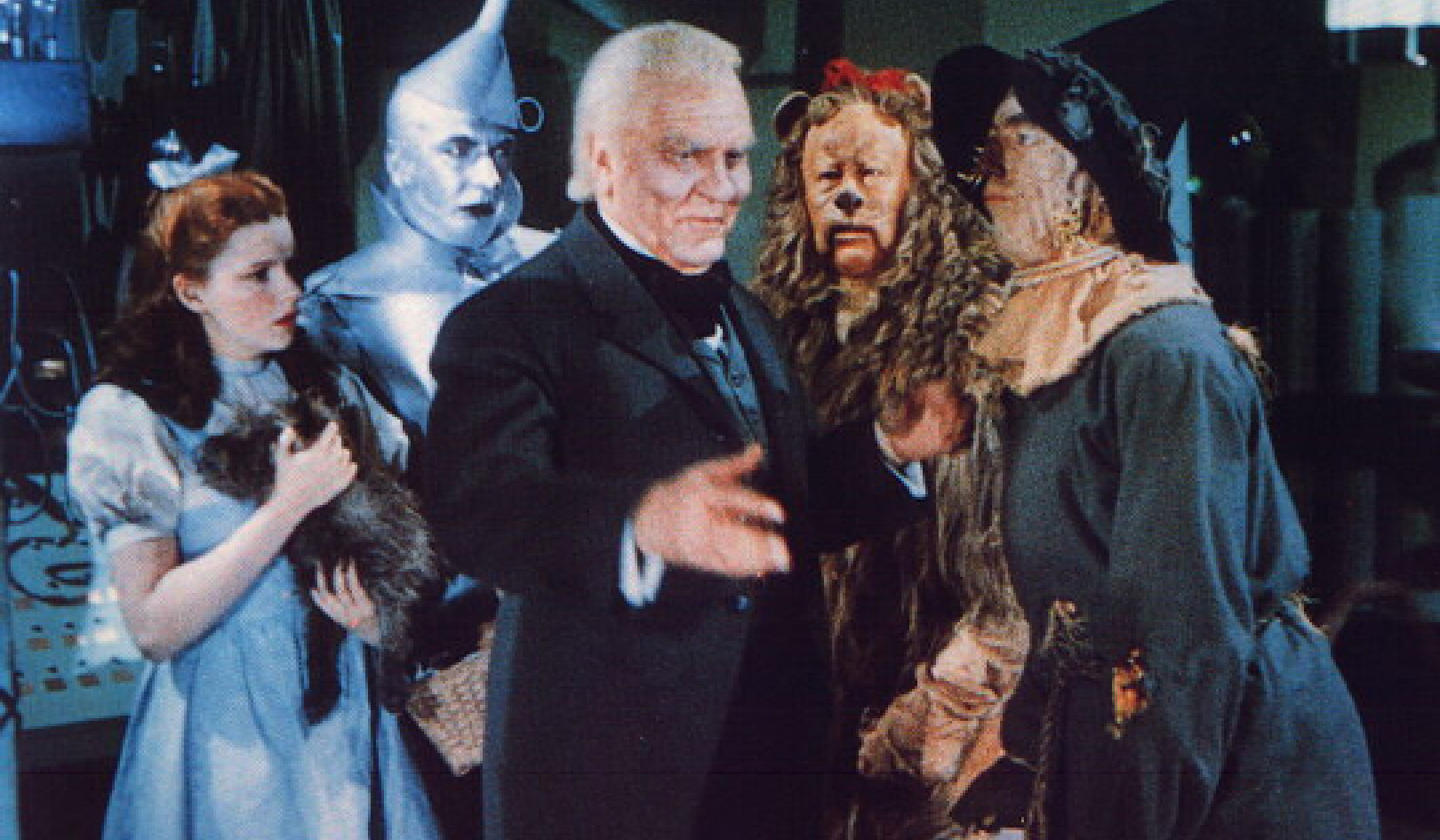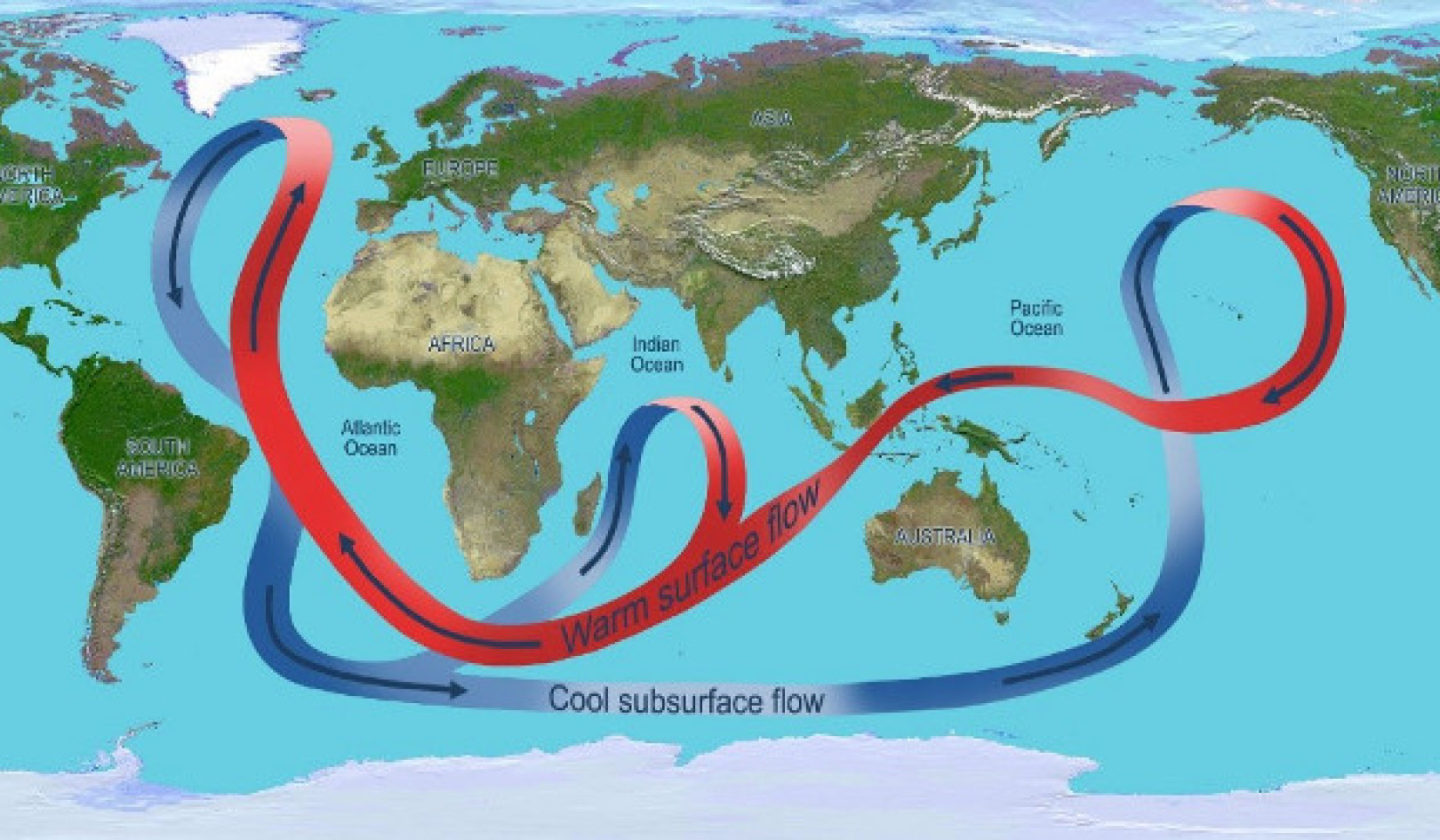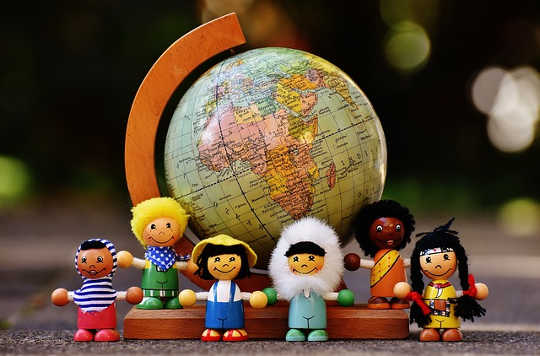
Image by Alexas_Fotos
During one of my classes, I read aloud a passage about how all the animals and beings of the natural world want humans to learn to reconnect and communicate with them so that we can work together to save the planet. After I finished reading, my dog Brydie, who was sitting next to me on the couch, carefully laid her head against my heart and closed her eyes. She stayed that way for a long time, as we watched, transfixed. She has never done that before or since. She was telling me that she totally agreed with the words I had read and wanted this change to come about.
I believe that other life forms are aware of what's happening on the earth and know that it is deadly serious. They are waiting for us to collaborate with them, and they do want us to reconnect and do something to stop the destruction. But humans are good at pretending that bad things aren't happening when they really are -- especially now, when we are confronted by such a vast number of seemingly insoluble problems.
WHAT TO DO? EVERYTHING HAS TO CHANGE
I don't know what to do, and I don't have the solutions. But I am sure of this: The way we do everything has to change. The way we grow food, the materials we use from the earth, and the ways in which we earn our living, get around, entertain ourselves, do business, share power, distribute wealth, resolve conflict, and coexist with each other (men and women and different races, cultures, and species) have got to change all around the world. Otherwise, we will destroy ourselves and life on our planet fairly soon.
The things that people are doing now to stop the destruction of the earth are good, but the opposing forces are very strong and there are too few people actively working to turn things around.
Theodore Kozak, a proponent of ecopsychology, says that at a deep, unconscious level, most of us are grieving about what is happening to the earth and to nature, and that we do not want it to be happening. To cope with those feelings, most of us have gone into denial. To avoid feeling the pain, we pretend that nothing is happening to the earth and that what we do causes no harm. But pretending that nothing is happening, as Derrick Jensen points out in his compelling book, A Language Older Than Words, only makes things worse and leaves us incapable of action.
It Is Difficult To Stay Conscious
It is difficult to stay conscious. Environmental activists know this better than anyone because they put themselves at the front lines of the destruction of nature. Activist and songwriter David Grimes, who lives in Prince William Sound in Alaska, witnessed the destruction of life in the Sound following the Exxon Valdez oil spill. I recently spoke with him about how people cope with being activists for the earth. He relayed the following story told to him by an activist friend.
After years of tree-sitting and other nonviolent protesting against clear-cutting, the woman found herself totally angry and grief-stricken. These feelings were overwhelming every aspect of her life and she was alienating her friends and family. She told David that one day, when she found herself crying in a grove of trees slated to be clear-cut, she felt the trees communicating with her. What she received came mainly as feelings that seemed to be coming from the trees to her. The essence of the message was that the trees did not want her to sacrifice herself for them. They considered her their ally and wanted her to remain strong and balanced so that she could continue to be their voice in the world. This experience shifted the way she approached her activist work, and after that she was able to come to terms with the enormous pain incurred by being an activist and staying in touch with the distress of the planet. It was as if the condemned trees imparted some kind of grace to this woman before they were struck down.
Perhaps one way to cope with the overwhelming emotions we may have about the earth -- the emotions that send us into the false protection of denial -- is to do what that activist did: Talk with the nonhumans on this earth about the situation we are in. We may find the same kind of strength that she found to go through our painful emotions and emerge able to help without being overwhelmed.
The nonhumans of our world are telling us this message: "Don't abandon us; don't shut us out." I suspect that, as things get worse, more of us will see that being in denial isn't working. It is clear to me that we need, instead, to join together around the world to oppose what is happening, until our numbers and our commitment outweigh the strength of the global corporations and superpower governments that are destroying the earth.
Ideas for Collaboration
I started this book with the story of the U'wa, a tribe of people who live in the cloud forests of the Colombian Andes. When their tribal lands were threatened by oil exploration, the U'wa decided to talk to the oil and tell it to "move" and hide from the oil company drills. After they did this, Occidental Petroleum, the multinational oil company doing the exploratory drilling, announced that it was giving up its efforts at oil exploration; they had been unable to locate the large reserves of oil initially identified on the land.
I have been wondering, "What else can we do like that?" What if we convinced all the oil in the world to hide? Then we'd be forced to do what we should be doing anyway: shifting to vegetable diesel, methane, wind, solar, and hydrogen power -- renewable sources of energy. Converting to renewable energy is totally feasible, and we'd be doing it today all over the world if the petrochemical conglomerates weren't blocking the way.
What follows are some suggestions I've collected for collaborating with the earth. These techniques involve visualizations and methods for shifting energy. I am not including suggestions for direct actions like protests, lawsuits, and tree-sitting. You hear enough about those actions from other sources. But their omission here does not diminish their importance. I am suggesting that you do the energy work in addition to direct actions, not instead of them. We need to become visionary activists and collaborate to turn things around on both the physical and the spiritual planes.
You Are What You Imagine
In her book Making the Gods Work for You, Caroline Casey counsels that we will get what we focus on. She encourages us to imagine what we truly want to have happen in our lives and on the earth, no matter how implausible. To do this, imagine what you want as if it were already happening. Make it as vivid as possible. Close your eyes and use all your senses. Imagine it as if you were watching a movie. Do this often, especially when you find yourself dwelling on the negative.
Ritual
Our ancestors used ritual to encourage the rain to fall and the crops to grow. They asked for all kinds of help from the elements, the spirits of place, and the animals and plants. Make up your own rituals to ask for what you want. For example, ask the wind to bring a change of heart to all humans. Then blow a handful of cornmeal into the wind as an offering to speed it on its task.
Dream a New World
Your dreams have power. Aborigines believe that dream time is the real time. Use your dreams to change things. Casey suggests that, before you go to sleep, think of something you want to accomplish or something you want to see happen. Ask aloud that this thing come to pass. As you sleep, the thought will go out into the world and become manifest. You can also ask to receive guidance in your dream. To do this you ask for what you want right before you go to sleep. Be as specific as possible. Then have pen and paper near your bed, so that when you awaken you can jot down whatever you recall.
Spirit Talk
If you are having a problem with someone, talk with this person spirit to spirit. To do this, imagine meeting with them in a safe and protected place in nature. You may also invite your guides to come in to protect you. Close your eyes and see yourself in this place. Imagine having a conversation, from your heart, with this person. Say everything you have not been able to say in real life and explain what you want. Listen to the person's responses. End the conversation when you wish. Realize that some people are completely unable to do things differently, even though their actions are causing great harm. Ask the universe to send healing to such persons and to bring forth whatever is necessary to remedy the situation caused by these people. Now see the person walking away from you. Then you can leave and return to your body and normal consciousness.
Prayer
In her book Medicine for the Earth, Sandra Ingerman tells a story about some Tibetan Buddhist monks who came to Southern California many years ago when there had been a prediction of a major earthquake. People in Los Angeles were beginning to panic; some were even leaving the city. The monks came to pray for the land. She said the message they brought was that, when there is trouble, the best thing to do is to gather with others and pray. The expected earthquake did not come. Who knows whether the monks helped divert it?
Spend five minutes a day praying for the changes you want to see on the earth and in your life. Try to do this at the same time every day so that it becomes a habit. You might also form a prayer group with others. Working together to pray will be more powerful.
Healing
Send healing to the places on earth that need it. Do this as a daily practice and try doing it in a group to increase the intensity.
Now That You Can Hear, Listen
You can go out and find those animals, plants, and places who are your guides. When you find them, ask them what you should do. Ask how you can best help at this time -- when nothing less than the fate of the world is at stake. Ask a river otter, a valley oak tree, a gray fox, the ocean, a dragonfly, a marsh hawk, a horsetail fern, a snowy plover, a badger, a nuthatch, a slender salamander, a bat, a hummingbird, a lady's slipper, a dolphin, a cottontail, a pond turtle, a buckeye tree, a golden eagle, a waterfall, a rattlesnake, a tree frog, a thimbleberry bush, or a mountain of stone. Now that you can hear, go out and listen.
Reprinted with permission of the publisher,
New World Library. ©2003. www.newworldlibrary.com
Article Source
Learning Their Language: Intuitive Communication with Animals and Nature
by Marta Williams.
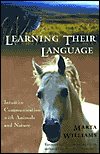 Almost everyone has had a moment when they felt a connection to an animal, almost as if they were communicating. According to animal communicator and author Marta Williams, they probably were. Over many years, Marta has worked with clients (people and the animals in their lives) to resolve behavior and training problems, find lost animals, assist animals that are ill or dying, and help animals get along with each other. In the course of her work, she has come to believe that anyone can learn to communicate with animals and with nature, and this inviting book teaches readers how they can use techniques and exercises to tune in and learn this language.
Almost everyone has had a moment when they felt a connection to an animal, almost as if they were communicating. According to animal communicator and author Marta Williams, they probably were. Over many years, Marta has worked with clients (people and the animals in their lives) to resolve behavior and training problems, find lost animals, assist animals that are ill or dying, and help animals get along with each other. In the course of her work, she has come to believe that anyone can learn to communicate with animals and with nature, and this inviting book teaches readers how they can use techniques and exercises to tune in and learn this language.
Info/Order this book
About the Author
MARTHA WILLIAMS has always had an affinity for animals and a love for nature. She earned her degrees in biology and resource conservation and worked in wildlife rehabilitation, habitat restoration, and environmental regulation. The author of numerous magazine and journal articles, she now lectures, teaches, and offers clinics on animal and nature communication worldwide. She lives in Northern California. Website: www.MartaWilliams.com























